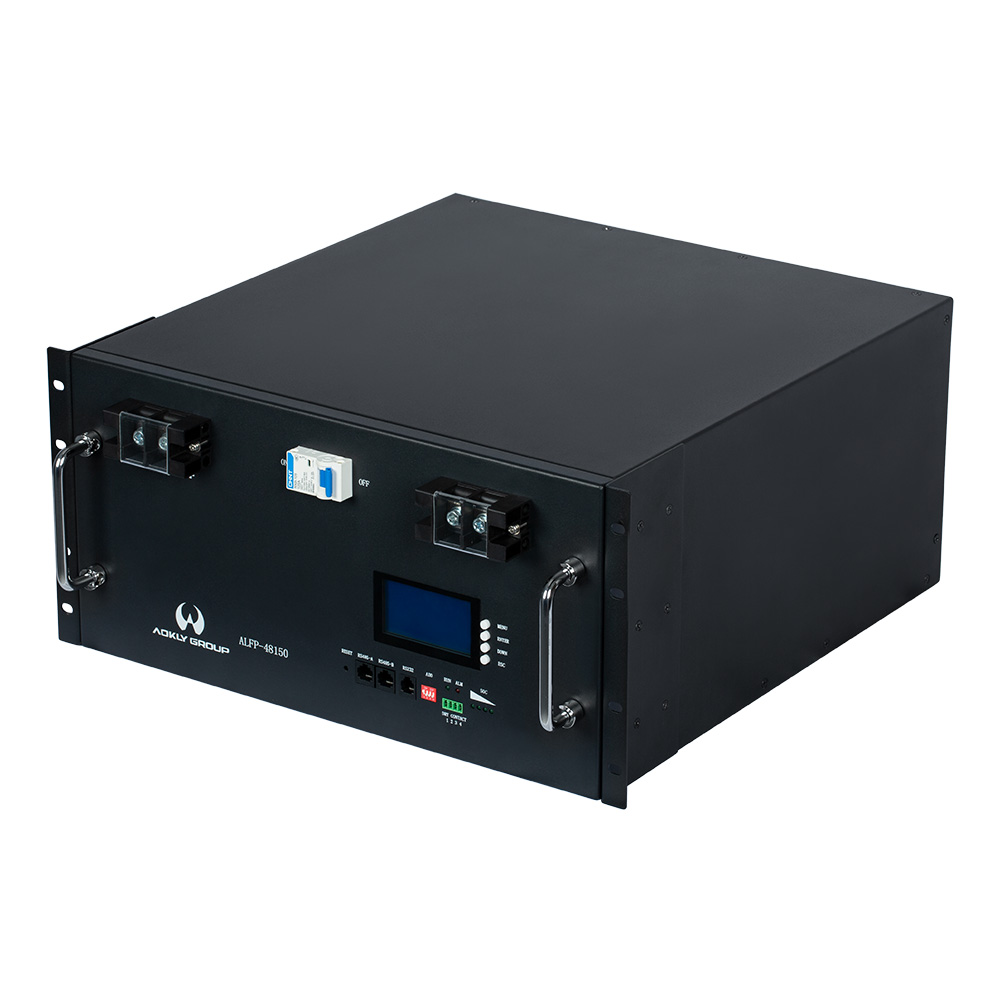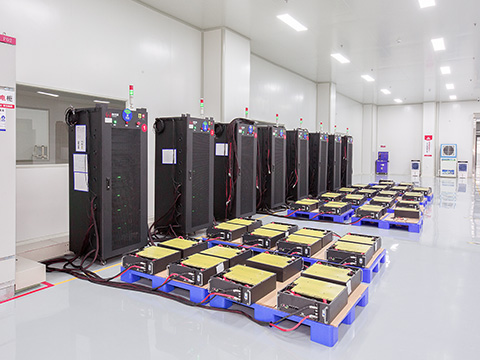In today's rapidly evolving world, the reliability of energy systems is paramount. Did you know that nearly 70% of companies experience some form of power disruption each year? This startling statistic underscores the necessity of an emergency power supply (EPS) to ensure continuity and safety in critical infrastructure. This article explores the significance of emergency power supplies, particularly in energy storage solutions, and how they can safeguard operations across various sectors.
Understanding Emergency Power Supply
An emergency power supply is a backup system that provides electricity during a power outage or failure. It is essential for maintaining operations in critical environments such as hospitals, data centers, and manufacturing facilities. The primary function of an EPS is to prevent downtime and protect sensitive equipment from damage due to sudden power loss.
Key Components of Emergency Power Supply Systems
In renewable energy storage solutions, the components of an emergency power supply (EPS) system are designed for efficiency and reliability:
Uninterruptible Power Supply (UPS): A UPS system provides immediate backup power, ensuring that critical systems remain operational during outages.
Generators: These larger systems can supply power for extended periods, making them suitable for prolonged outages. They are often fueled by diesel or natural gas, but advancements in technology are leading to more sustainable options.
Energy Storage Solutions: Advanced battery technologies, including lithium-ion batteries, are increasingly used in EPS systems due to their efficiency and reliability. These systems can store excess energy generated from renewable sources, providing a sustainable solution during emergencies.

scalable lithium-ion battery system
The Role of Energy Storage Batteries in Emergency Power Supply
Energy storage batteries play a crucial role in enhancing the effectiveness of emergency power supplies. They offer several advantages:
Rapid Response: Batteries can deliver power almost instantaneously, minimizing disruptions. For instance, battery energy storage systems (BESS) can switch on within milliseconds compared to the 10-20 seconds it takes for traditional diesel generators to start.
Scalability: Energy storage systems can be tailored to meet specific energy demands, making them suitable for various applications. This flexibility allows organizations to adjust their EPS according to their unique operational needs.
Sustainability: With the growing emphasis on renewable energy sources, integrating batteries with solar or wind systems provides a sustainable solution for emergency power needs. This not only reduces dependence on fossil fuels but also ensures a more resilient power supply.
Applications of Emergency Power Supply in Critical Infrastructure
Healthcare Facilities: Hospitals depend on reliable EPS to maintain life-saving equipment and ensure patient safety during outages. For example, life support systems and electronic medical records must remain operational at all times.
Data Centers: These facilities require constant power to prevent data loss and maintain operational integrity. An effective EPS protects against potential downtime that could jeopardize sensitive information.
Telecommunications: Communication networks must remain operational at all times. An EPS ensures uninterrupted service during emergencies, allowing first responders and emergency personnel to coordinate effectively.
Manufacturing Plants: In manufacturing, even brief interruptions can lead to significant financial losses. An EPS mitigates this risk by maintaining production continuity and protecting sensitive machinery.
Government Operations: Emergency power services are crucial for government agencies to continue providing essential services during outages. This includes maintaining operations for emergency medical care, communication systems, and public safety infrastructure such as traffic lights and police stations.

Enhancing Your Emergency Power Supply Strategy
To optimize your emergency power supply strategy, consider the following steps:
- Assess Your Needs: Evaluate the specific energy requirements of your facility to determine the appropriate type and size of EPS.
- Integrate Energy Storage Solutions: Utilize advanced battery technologies that offer high efficiency and long cycle life for your emergency systems.
- Regular Maintenance and Testing: Ensure that all components of your EPS are regularly maintained and tested to confirm their reliability during emergencies.
- Training Staff: Educate your team on how to respond during a power outage, including procedures for switching to backup systems.
Conclusion
The significance of an emergency power supply cannot be overstated in today's infrastructure-dependent world. By investing in robust energy storage solutions and implementing comprehensive strategies, organizations can safeguard their operations against unexpected power disruptions.
Integrating an effective EPS into your infrastructure is not just a precaution; it's a necessity for maintaining operational integrity and ensuring safety across all sectors. Don't wait for an outage—take proactive steps today to secure your energy future!
For businesses looking to enhance their emergency preparedness, Aokly offers state-of-the-art energy storage battery solutions tailored to meet diverse needs. Our products not only ensure reliable backup power but also contribute to sustainable energy practices. Please get in touch with us at [email protected] for further information!

 EN
EN 




